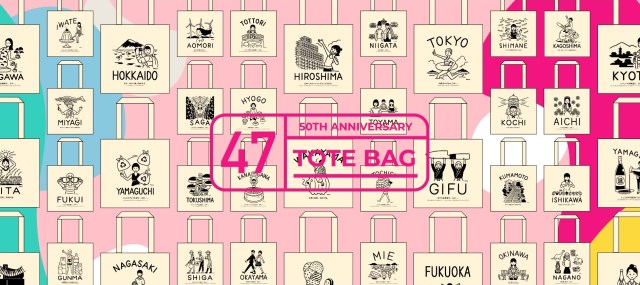
Cute designs teach us which prefecture of Japan grows the most bonsai trees and which has the most Shinto shrines.
You can find branches of Daiso, Japan’s most popular 100 yen shop, in every prefecture in Japan. And as of this month, you can also find every prefecture in Japan in Daiso.
On November 4, Daiso began selling a series of 47 shoulder tote bags, one for each of Japan’s prefectures. Each features a charming illustration by artist Yutanpo Shirane that represents the region, but quite possibly not for the reason most people expect.
For example, yes, Hokkaido and Okinawa are, respectively, Japan’s coldest and warmest parts, which is why the people on their bags are dressed the way they are. But what the drawings are really meant to illustrate is that Hokkaido is where you’ll find Japan’s largest uninhabited island (Ashima Oshima), and that Okinawa has the country’s highest birth rate.
Likewise, sure, Akita Prefecture is where the Akita dog breed comes from, but the reason this pooch is sleeping isn’t just because it’s cute, but because residents of Akita statistically sleep longer than anyone else in Japan.
Some of the trivia is pretty common knowledge, like how Gifu, which used to be a center for swordsmiths, now makes the largest share of Japan’s cooking knives…
…but did you know that Miyazaki is where the largest amount of bokuto, wooden martial arts practice swords, are crafted?
Similarly, Osaka topping the nation in takoyaki (otcopus dumpling) consumption isn’t a surprise…
…but how about Saitama, Tokyo’s neighbor to the north that’s often saddled with a reputation as a dull, nondescript place, being Japan’s biggest ice cream producer?
Speaking of Tokyo, it’s distinction is also surprising: it’s the earliest prefecture to officially open its beaches for swimming, because the sparsely populated Ogasawara Islands, the southernmost points of Japan, are classified as part of Tokyo.
Other featured facts include Yamanashi having Japan’s oldest living sakura cherry blossom tree, Niigata having the most Shinto shrines, Kagawa being the biggest producer of bonsai trees, and Hiroshima having the country’s biggest jungle gym.
The bags are priced at just 100 yen, and is made from 56-percent recycled fibers. Each bag is for sale only within the prefecture it represents, with purchases limited to three per customer, giving us all a little extra incentive to head to the next prefecture over and make our own little discoveries about the different parts of Japan.
Source: Daiso, PR Times
Top image: Daiso
Insert images: PR Times, Daiso
● Want to hear about SoraNews24’s latest articles as soon as they’re published? Follow us on Facebook and Twitter!
[ Read in Japanese ]
Follow Casey on Twitter, where he wants the San Dimas Daiso to get its own bag now too.

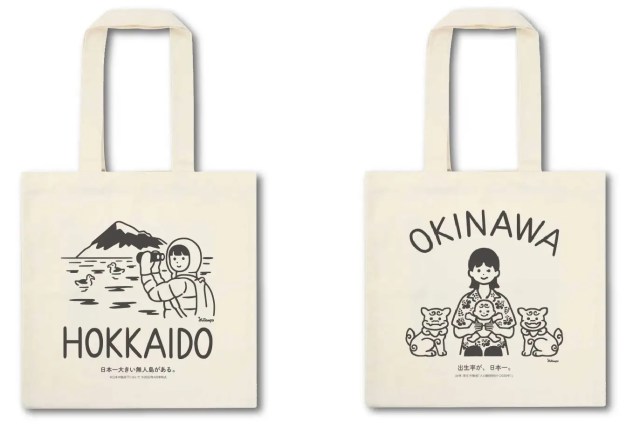
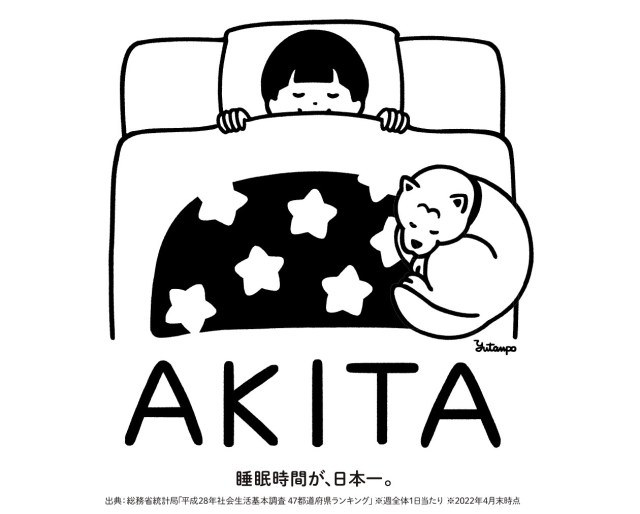
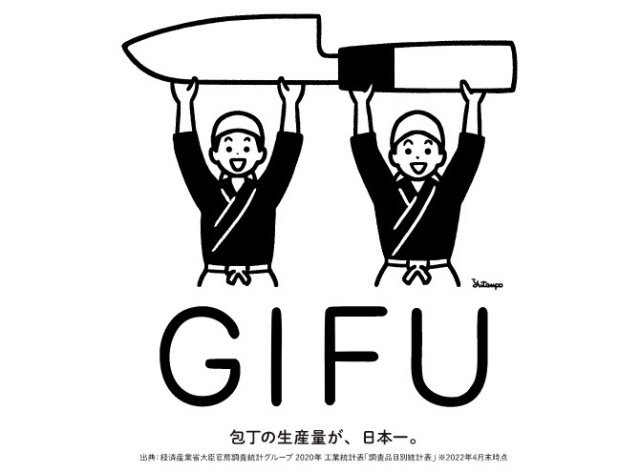
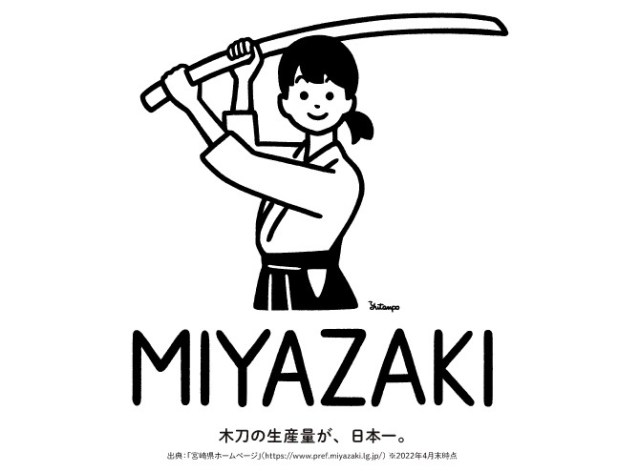
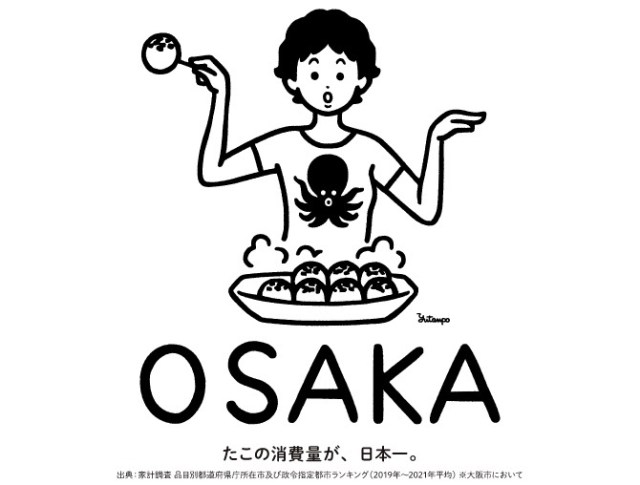
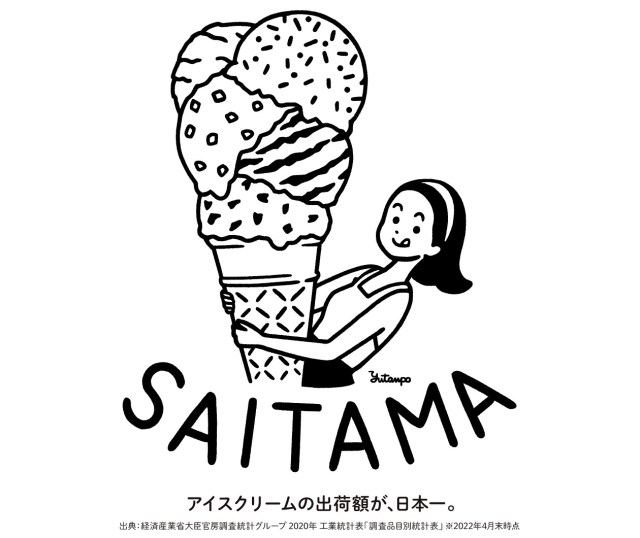
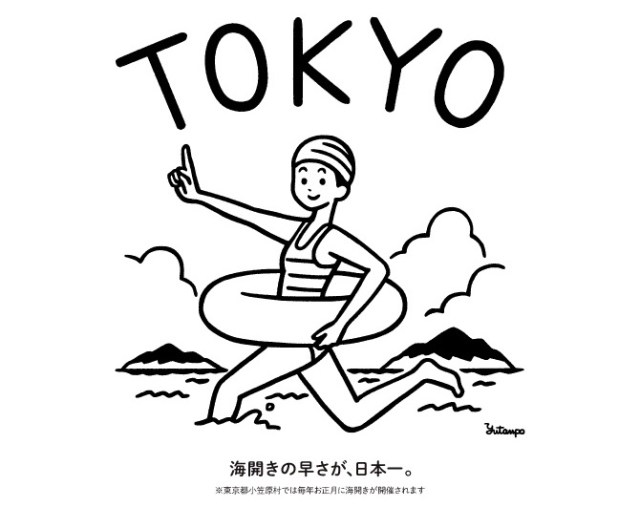
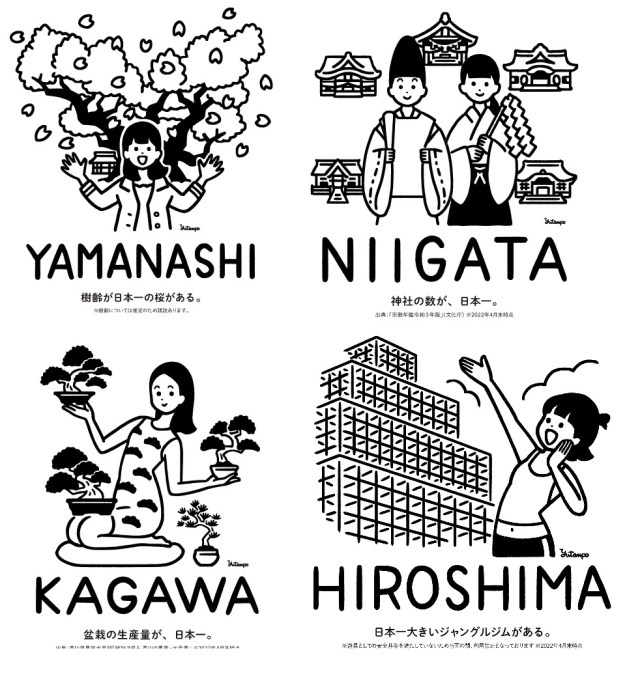
 A visit to the largest Daiso 100 yen shop in all Japan【Photos】
A visit to the largest Daiso 100 yen shop in all Japan【Photos】 100 yen store chain Daiso opens online shop with 30,000 items to choose from!
100 yen store chain Daiso opens online shop with 30,000 items to choose from! We test out Daiso’s new sleeping bag to see if it can provide the ultimate comfort
We test out Daiso’s new sleeping bag to see if it can provide the ultimate comfort Daiso opens massive new 25,392-square foot Tokyo flagship store with its two sub-brands included
Daiso opens massive new 25,392-square foot Tokyo flagship store with its two sub-brands included How to make a super simple, super cheap, no-floorspace Christmas tree with stuff from Daiso
How to make a super simple, super cheap, no-floorspace Christmas tree with stuff from Daiso Japan may add Japanese language proficiency, lifestyle classes to permanent foreign resident requirements
Japan may add Japanese language proficiency, lifestyle classes to permanent foreign resident requirements Disillusionment at Tsukiji’s tourist-target prices led us to a great ramen restaurant in Tokyo
Disillusionment at Tsukiji’s tourist-target prices led us to a great ramen restaurant in Tokyo Dragon Quest Burgers and Slime drinks are coming to McDonald’s Japan【Video】
Dragon Quest Burgers and Slime drinks are coming to McDonald’s Japan【Video】 Is it rude to sing along at concerts in Japan? We ask a pro musician for his take
Is it rude to sing along at concerts in Japan? We ask a pro musician for his take Uniqlo Ukiyo-e Blue T-shirts: A cool-hued reinterpretation of some of Japan’s greatest paintings
Uniqlo Ukiyo-e Blue T-shirts: A cool-hued reinterpretation of some of Japan’s greatest paintings Lacquerware supplier to emperor of Japan and Pokémon team up for new tableware
Lacquerware supplier to emperor of Japan and Pokémon team up for new tableware Sanrio theme park in Japan announces plans to expand into a Sanrio resort
Sanrio theme park in Japan announces plans to expand into a Sanrio resort Can a dirty butthole make you filthy rich in Japan? We’re starting a New Year’s lottery experiment
Can a dirty butthole make you filthy rich in Japan? We’re starting a New Year’s lottery experiment Gangnam Style Parody “Gaijin Style” Hits the Web With Mixed Reviews
Gangnam Style Parody “Gaijin Style” Hits the Web With Mixed Reviews Cup Noodle pouch satisfies our never-ending need for instant ramen
Cup Noodle pouch satisfies our never-ending need for instant ramen 7-Eleven Japan starts new temporary luggage storage service in over 300 branches
7-Eleven Japan starts new temporary luggage storage service in over 300 branches Starbucks teams up with 166-year-old Kyoto doll maker for Year of the Horse decorations【Photos】
Starbucks teams up with 166-year-old Kyoto doll maker for Year of the Horse decorations【Photos】 Tokyo’s Tsukiji sushi neighborhood asks tour groups to stay away for the rest of the month
Tokyo’s Tsukiji sushi neighborhood asks tour groups to stay away for the rest of the month Starbucks Japan releases new zodiac chilled cup drink for 2026
Starbucks Japan releases new zodiac chilled cup drink for 2026 Street Fighter Hadouken Churros to be launched and eaten in Tokyo, Okami pudding on offer too
Street Fighter Hadouken Churros to be launched and eaten in Tokyo, Okami pudding on offer too Is this the most relaxing Starbucks in Japan?
Is this the most relaxing Starbucks in Japan? Starbucks on a Shinkansen bullet train platform: 6 tips for using the automated store in Japan
Starbucks on a Shinkansen bullet train platform: 6 tips for using the automated store in Japan Large amount of supposed human organs left in Osaka marketplace
Large amount of supposed human organs left in Osaka marketplace Japan’s human washing machines will go on sale to general public, demos to be held in Tokyo
Japan’s human washing machines will go on sale to general public, demos to be held in Tokyo Japanese train company is letting fans buy its actual ticket gates for their homes
Japanese train company is letting fans buy its actual ticket gates for their homes Tokyo considering law requiring more trash cans following litter increase in heavily touristed area
Tokyo considering law requiring more trash cans following litter increase in heavily touristed area Is China’s don’t-go-to-Japan warning affecting tourist crowds in Tokyo’s Asakusa neighborhood?
Is China’s don’t-go-to-Japan warning affecting tourist crowds in Tokyo’s Asakusa neighborhood? Nintendo’s Kirby now delivering orders at Kura Sushi restaurants, but not in Japan
Nintendo’s Kirby now delivering orders at Kura Sushi restaurants, but not in Japan Tokyo event lets you travel back in time, for free, to celebrate 100 years since Showa era start
Tokyo event lets you travel back in time, for free, to celebrate 100 years since Showa era start Survey asks foreign tourists what bothered them in Japan, more than half gave same answer
Survey asks foreign tourists what bothered them in Japan, more than half gave same answer Japan’s deadliest food claims more victims, but why do people keep eating it for New Year’s?
Japan’s deadliest food claims more victims, but why do people keep eating it for New Year’s? We deeply regret going into this tunnel on our walk in the mountains of Japan
We deeply regret going into this tunnel on our walk in the mountains of Japan Studio Ghibli releases Kodama forest spirits from Princess Mononoke to light up your home
Studio Ghibli releases Kodama forest spirits from Princess Mononoke to light up your home Major Japanese hotel chain says reservations via overseas booking sites may not be valid
Major Japanese hotel chain says reservations via overseas booking sites may not be valid Put sesame oil in your coffee? Japanese maker says it’s the best way to start your day【Taste test】
Put sesame oil in your coffee? Japanese maker says it’s the best way to start your day【Taste test】 The top 10 annoying foreign tourist behaviors on trains, as chosen by Japanese people【Survey】
The top 10 annoying foreign tourist behaviors on trains, as chosen by Japanese people【Survey】 No more using real katana for tourism activities, Japan’s National Police Agency says
No more using real katana for tourism activities, Japan’s National Police Agency says Starbucks Japan reveals new sakura drinkware collection, inspired by evening cherry blossoms
Starbucks Japan reveals new sakura drinkware collection, inspired by evening cherry blossoms Nothing is more relaxing than watching this Japanese artist drawing with Daiso crayons【Video】
Nothing is more relaxing than watching this Japanese artist drawing with Daiso crayons【Video】 Daiso sells “emergency shelters,” and they have an amazing visual trick【Photos】
Daiso sells “emergency shelters,” and they have an amazing visual trick【Photos】 Daiso recalls cut-your-finger joke knives for being REAL cut-your-finger knives
Daiso recalls cut-your-finger joke knives for being REAL cut-your-finger knives Can you buy everything you need for an overnight camping trip at Daiso? Let’s find out!【Photos】
Can you buy everything you need for an overnight camping trip at Daiso? Let’s find out!【Photos】 Thailand’s Daiso is so different from Japan’s that they might as well be on different planets
Thailand’s Daiso is so different from Japan’s that they might as well be on different planets What’s the best way to spend 1,000 yen at Daiso Japan?
What’s the best way to spend 1,000 yen at Daiso Japan? Five Daiso souvenirs you should buy in Japan right now
Five Daiso souvenirs you should buy in Japan right now Daiso creates its own collectible trading card game, and yes, the packs are just 100 yen【Video】
Daiso creates its own collectible trading card game, and yes, the packs are just 100 yen【Video】 Why are young Japanese women going crazy for this 100-yen Daiso wristwatch?
Why are young Japanese women going crazy for this 100-yen Daiso wristwatch? Can you buy everything you need for an overnight camping trip at Daiso? Part 2!【Photos】
Can you buy everything you need for an overnight camping trip at Daiso? Part 2!【Photos】 64 Sanrio characters, decades of kawaii culture history all on one cup from 100-yen store Daiso!【Pics】
64 Sanrio characters, decades of kawaii culture history all on one cup from 100-yen store Daiso!【Pics】 Daiso debuts new closing-time song designed to be easy for foreigners to understand【Video】
Daiso debuts new closing-time song designed to be easy for foreigners to understand【Video】 Daiso has giant new branch in middle of Tokyo’s Shinjuku neighborhood (and another beneath it)
Daiso has giant new branch in middle of Tokyo’s Shinjuku neighborhood (and another beneath it) Let’s stick hot, cheap electronics near our eyes with Daiso’s heated eyelash curler!【Experiment】
Let’s stick hot, cheap electronics near our eyes with Daiso’s heated eyelash curler!【Experiment】 We test the cleaning power of the miniature washing machine from 100 yen shop Daiso
We test the cleaning power of the miniature washing machine from 100 yen shop Daiso Daiso wine, the super cheap vino from Japan’s largest chain of 100-yen stores 【Taste test】
Daiso wine, the super cheap vino from Japan’s largest chain of 100-yen stores 【Taste test】 Does Daiso’s fork designed especially for pasta live up to its name? We find out!
Does Daiso’s fork designed especially for pasta live up to its name? We find out!
Leave a Reply